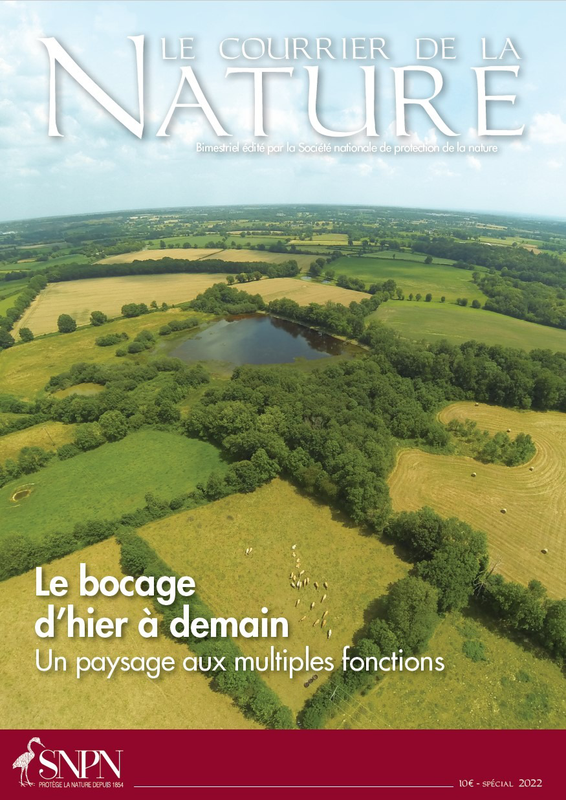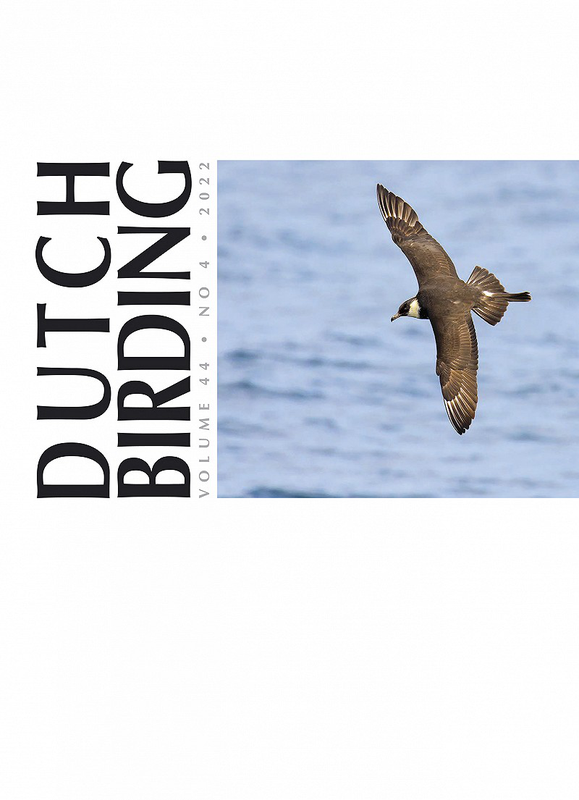- Sommaire des documents reçus à la bibliothèque
- 20 août 2021
- 3 septembre 2021
- 10 septembre 2021
- 17 septembre 2021
- 24 septembre 2021
- 1er octobre 2021
- 8 octobre 2021
- 15 octobre 2021
- 29 octobre 2021
- 10 novembre 2021
- 23 novembre 2021
- 3 décembre 2021
- 10 décembre 2021
- 17 décembre 2021
- 7 janvier 2022
- 18 janvier 2022
- 2 février 2022
- 18 février 2022
- 3 mars 2022
- 14 mars 2022
- 27 mars 2022
- 6 avril 2022
- 25 avril 2022
- 16 mai 2022
- 1er juin 2022
- 15 juin 2022
- 29 juin 2022
- 7 Juillet 2022
- 25 Juillet 2022
- 2 août 2022
- 7 septembre 2022
- 26 septembre 2022
- 26 septembre 2022
- 8 octobre 2022
- 21 octobre 2022
- 9 novembre 2022
- 23 novembre 2022
- Décembre 2022
- 12 Janvier 2023
- 30 janvier 2023
- Février 2023
- Mars 2023
- Mars 2 2023
- Mars 3
- Avril 2023
- Mai 2023
- June 2023
- Juin 2 2023
- Eté 2023
- Revue Science été 2023
- Septembre 2023
- Octobre 2023
- Octobre 2023 /2
- Novembre 2023
- Décembre 2023
Migrating hawkmoths continually adjust their flight
headings in response to winds to maintain favorable migratory
trajectories.
Constraints on the adjustment of tidal marshes to accelerating sea level rise
Comparing marsh elevation change across four continents
provides an explanation for variable marsh responses to sea-level rise.
The most unusual birds are also the most at risk
Two studies predict homogenization of the avian world as climate change and other human impacts continue
Research shows that seaweeds depend on crustaceans for fertilization
Giant study of ancient pottery and DNA challenges common evolutionary explanation for lactase persistence
Overexpression of a single transcription factor improves the agricultural productivity of rice.
Competition with other species, not climate, explains the
narrower elevational ranges of bird species on tropical versus temperate mountains.
‘North American Horned Lark’ in Scilly: new to Britain Brian J. Small
First occurrence of menzbieri Common Chiffchaff in the United Arab Emirates Valentin Motteau, Oscar Campbell, Tereza Senfeld, Thomas J. Shannon, J. Martin Collinson and Simon Lloyd
Movements of Greylag Geese moulting at Poole Park, Dorset Thomas J. Weston, Scott Petrek and Kane Brides
The first British Gull-billed Tern and the type specimen of Sterna anglica Alan Knox and Hein van Grouw
Aerial stretch displays by Grey Heron and Little Egret Andrew Bloomfield
- Cartographie : Le dispositif national de suivi des bocages Par Sophie Morin, Loïc Commagnac, Sylvain Haie, Barbara Freidman
- Microclimat : Des brise-vent qui influencent les cultures Par Ambroise Martin-Chave
- Erosion : Le bocage régule le cycle de l’eau et le ruissellement érosif Par Daniel Delahaye, Romain Reulier
- Agronomie : Les éléments du bocage en soutien des auxiliaires des cultures Par Véronique Sarthou
- Biomasse : Une gestion durable des haies pour produire bois et fourrage Par Sylvie Monier
- Dossier : La biodiversité des haies et des bocages. Le cas des coléoptères carabiques et des micromammifères dans l’ouest de la FrancePar Françoise Burel
Special issue on the Great Cormorant
Marion L. & Marion P.
(2021)
Migration patterns and recorded emigration of the Great Cormorant Phalacrocorax carbo sinensis
in the largest French colony of Lac de Grand-Lieu: density-dependent factors operating at different time and geographical scales.
Kazantzidis S., Naziridis T., Catsadorakis G., Nikolaou H. & Makrigianni E. (2021) Status and population trends of Great Cormorant Phalacrocorax carbo sinensis breeding in Greece.
Kazantzidis S., Naziridis T., Catsadorakis G., Nikolaou H. & Makrigianni E. (2021) Status and population trends of Great Cormorant Phalacrocorax carbo sinensis breeding in Greece.
Govedič M., Govedič T.B. & Pajtnar A. & Torkar G.
(2021)
Great Cormorants Phalacrocorax carbo in the subalpine Soča River system, Slovenia: the possible effect of avian predators in a sensitive biogeographic region of fish.
Cosolo M., Privileggi N. & Sponza S.
(2021)
Diet of Great Cormorants Phalacrocorax carbo in relation to fish resources in the upper Adriatic Sea.
Gagliardi A., Preatoni D., Volponi S., Martinoli A. & Fasola M.
(2021)
When gate crashers show up: does expansion of Great Cormorant Phalacrocorax carbo in north-western Italy affect breeding site selection in Grey Heron Ardea cinerea?
Notes on the habitat, behaviour and vocalisations of Black-browed Babbler Malacocincla perspicillata
Conservation breeding and the most threatened (song)birds in Asia—ten years on
Alauda, 90(3), 2022










